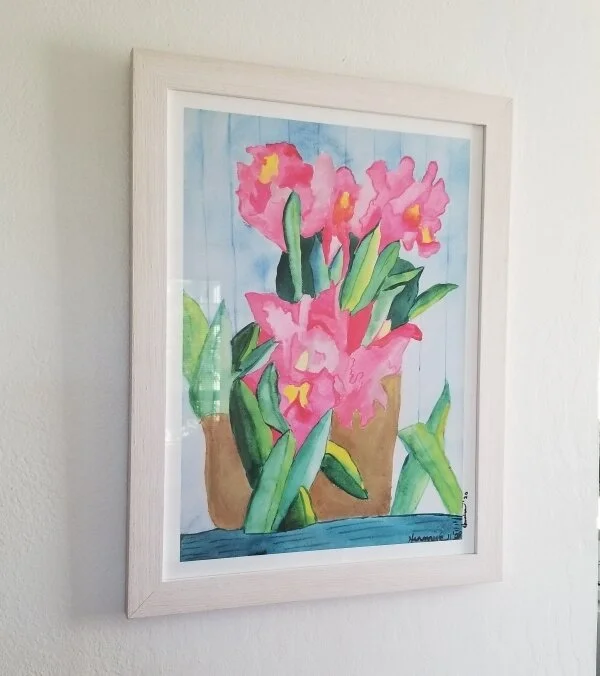Original or Reproduction? YES!
Way back at the beginning of the art world, only original works existed. Over time, advances in technology and human skill sets meant that copying artworks became inevitable. We now have an added range of options to satisfy the human desire to have works of art that can be customized to the collector’s specifications.
Today, both human apprentices and human-invented machines aspire to reproduce original works of art. The art of making copies is an art form in and of itself! The art ecosystem has now developed high-quality scanning equipment and the ability to “print” an image on an endless array of surfaces and in custom sizes. For abstract art, with the artist’s approval, colors can even be adjusted in the printing process to coordinate with the main decor themes. As a collector, you now become an active partner with the artist in the creation of the artwork that will hang on your walls.
Many artists, myself included, add an intermediate step when making ’prints’ of my original pieces by adding handwork to the prints. It allows an artwork to be made much more affordable and yet retain a tangible connection to the artist herself.
This issue recently surfaced for me when a buyer wanted to purchase one of my earlier (and favorite!) paintings, Prize Orchid. This work hangs in my home and for me, is truly ‘priceless.’ However, since I have high-quality professional photos taken of my artworks, I was able to make a print of this piece with the exact size the collector wanted. While doing that, I also made a limited edition of small prints on paper.
Generally, the two largest drivers for creating reproductions are to offer variable pricing (i.e. lower-cost versions of the work which makes the work more accessible to more people) and to offer the piece in different sizes. Top fine artists such as Judy Chicago and Jeff Koons make many iterations of their original creations.
Artists who allow their artwork to be reproduced are key to the support of museums as well. Many artists, especially those who are deceased, often license items for museum gift shops, increasing their financial support.
Given that we live in a tactile world, it’s easy to understand the energetic appeal of acquiring THE ORIGINAL! If you can afford it, owning an original definitely creates energy that some find ‘priceless.’
However, there is also visual and economic appeal for acquiring a reproduction. Many people think first of the collector: a reproduction costs far less than the one-of-a-kind original. What is often overlooked, though, is that selling reproductions helps the artist, too! Think about the many hours of creating an artwork, from purchasing supplies, learning the materials, testing techniques, and so on. Being able to share the essence of a specific creation via reproductions supports artists and collectors.
We hope you appreciate the value of reproductions. Unlike many artists, as soon as I complete a work, I hire a professional photographer to create a digital image of the piece. For you, that means any of my paintings can be purchased as the original or a reproduction, that I then hand-finish, depending on the piece.
One last point: I very much enjoy these collaborations with my collectors! My team can make mockups of how a piece would look on your wall. That adds confidence to the art buying process as you get to see very precisely how your purchase will appear in your home or office.


